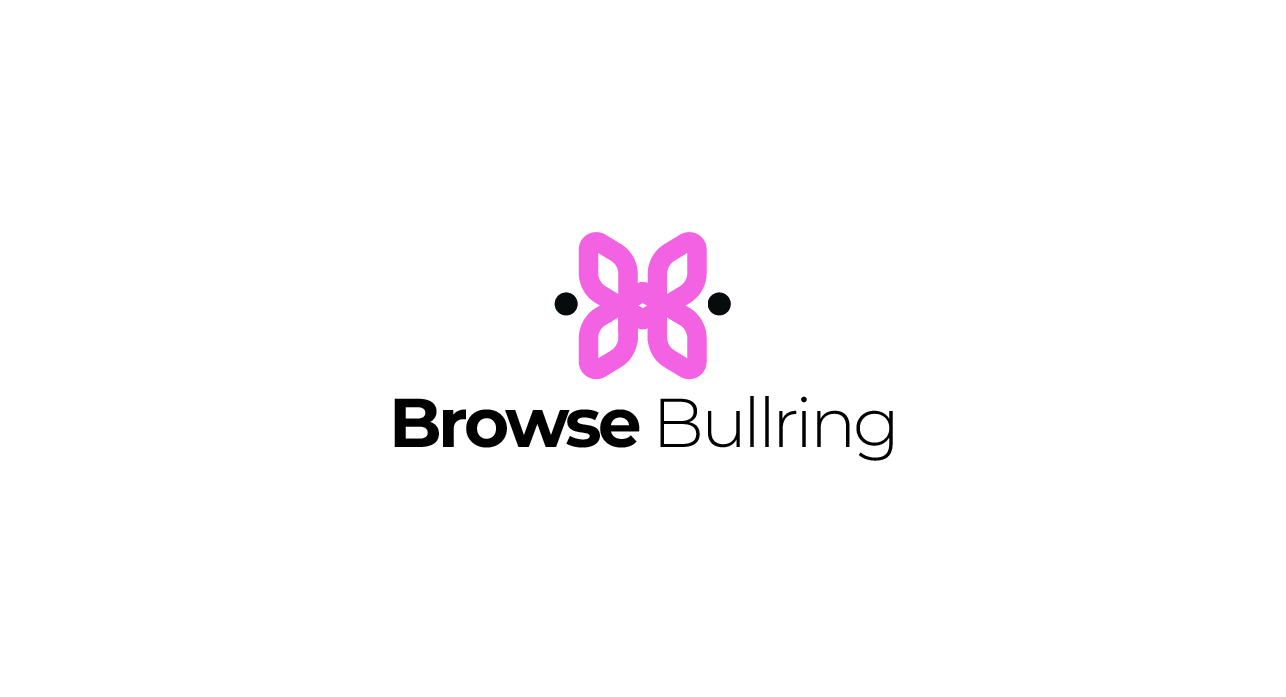Values-led collaborations in fashion
Coronavirus impacts our democracies and economies. It also affects individual and social behavior. When it comes to fashion, the virus shows how difficult it is to manage seasonal businesses in such a volatile and uncertain environment. Fast fashion is a solution to reduce the uncertainty risks.
The coronavirus impacts our democracy, our economies, and our social and individual behaviors… In the fashion industry, it shows how difficult it is to manage seasonal businesses in such a volatile and uncertain environment. Covid is destroying cash flow in one of the industries with the highest inventory levels.
Fast fashion is a solution to reduce the uncertainty risk. It allows you to release more products while improving your forecasting model. Designing faster while aligning the supply chain. The luxury players are adapting to Millennials’ values and buying behavior. Louis Vuitton is betting on “streetwear,” with Virgil Abloh as a designer. Louis Vuitton also partnered with Supreme in 2017. Supreme, which began as a skateboarding shop in NYC and has since become one of America’s most popular brands, sold a 50% stake to Carlyle Group. Ralph Lauren collaborated on a collection with Palace, Fendi worked with Fila, and Moncler was a part of Fendi. Urban language is now the new fashion.
When it comes to rethinking the business model and merchandising, timeless fashion also has a growing following. This strategy is the best one to follow if sustainability is on the rise, but it’s not black and white. Brands will balance collections according to the style and time available while maintaining their cash cows. In order to align slow fashion and sustainability with an uncertain demand scenario, the supply chain will need to be adapted. This includes sourcing and manufacturing.
Jaume Miquel, Tendam chairman and CEO (Cortefiel brands, Springfield, Women’Secret, and Pedro del Hierro are Tendam brands), said: “We believe that Tendam will lead the sector in the future. This future will be shaped primarily by five trends: exponential growth of online business, responsible consumers, timeless fashion with greater added value, and the need to integrate sustainable practices into all aspects of our lives” (June 202020).
The target audience of classical brands is older. Neutral designs may be boring to younger generations who prefer streetwear and urban and vintage brands. Fashion is a reflection of change, and as in past economic downturns, the current crisis may see a rise in colorful clothing. Citadium is a streetwear and lifestyle concept shop for Millennials in Paris.
Citadium’s brand portfolio consists of Le Coq Sportif (Carhartt), Vans, Obey (K-Way), Fila, Reebok (The North Face), Ecoalf, Patagonia, and Rains. If you’re targeting Millennials and GenZ, the collaboration between luxury brands and sportswear brands may not be the best move.
When companies want to increase their revenue and create more awareness, they focus on design. Collaborations between Apple and Nike or Zegna and Maserati are examples. Capsule collections in apparel are often used to increase sales by limiting editions. This is an alternative to micro-collections of fast fashion. We find many examples of mass-market players working with “VIP” designers, such as H&M’s limited edition Karl Lagerfeld or Uniqlo’s regular JW Anderson collections.
Gucci, with its “ArtLab” and latest collaboration with The North Face, is a good example of a luxury brand looking for inspiration. (Even if Alessandro Michelle has already redesigned the Italian House). ArtLab is an experimental and futuristic centre for industrial craftsmanship. The collaboration with The North Face shows how important casual and outwear are in the Covid age. Style, but also values and lifestyle are important. The North Face and Gucci (who have a deep dive on their site about sustainability: “Clothes the Loop” describes the efforts of the company in terms of products, operations, and conservation), the collab is a values-led collaboration where sustainability is the main driver.
The North Face, a brand known for its commitment to sustainability, is one of the brands that cater to this growing trend. Gucci continues to invest in sustainability through its Equilibrium Collection, designed for those who are conscious of their environmental impact. (e.g., Jane Fonda). Gucci Off The Grid, the first collection of Gucci Circular Lines, was created to reflect the vision of the House for circular production.
Gucci and The Realreal announced their new partnership a few days ago. This move is in line with Gucci’s circular economic goals. This collaboration promotes circularity in luxury fashion and extends the lifecycle of products.
Covid-19 limits event attendance. Customers do not buy clothing or accessories for parties, weddings, or other celebrations. Casual wear and sportswear are experiencing a strong growth. Sport is also growing. Bikes are now the “new toilet paper.”
It is risky and complex for a luxury brand to develop a new product line (e.g., sportswear) on a short-term basis while maintaining the quality of raw materials. The right strategy is to look for synergies.
Adidas and Lego ZX8000 Lego Trainer is another recent collaboration. The ZX-8000 model is in the same color palettes as Lego pieces, such as yellow, green, and blue.
Lego has also collaborated with Levi’s. Karyn Hills, Chief Product Officer for Levi Strauss & Co., said, “This is a great collaboration that celebrates self-expression and nostalgia.” Then Puma and Nintendo collaborated to create RS-Dreamer Super Mario sneakers, which are now sold out on the site. Hillman said it best: this is all about creativity.
Customers, especially Millennials, want experiences that are unique and engaging. Brands becoming activists to align with their tribe of clients is an example. Another example is special and unique designs (eg, limited editions).
Retailers love the combination of collaborations and marketing, which aims to increase sales and brand awareness. Now, sustainability-based or values-led partnerships are a growing trend.




0 Comments